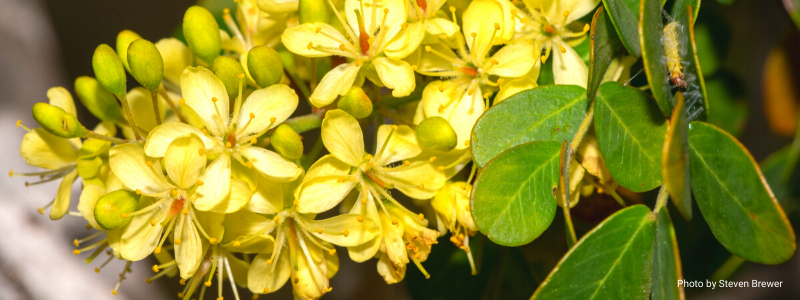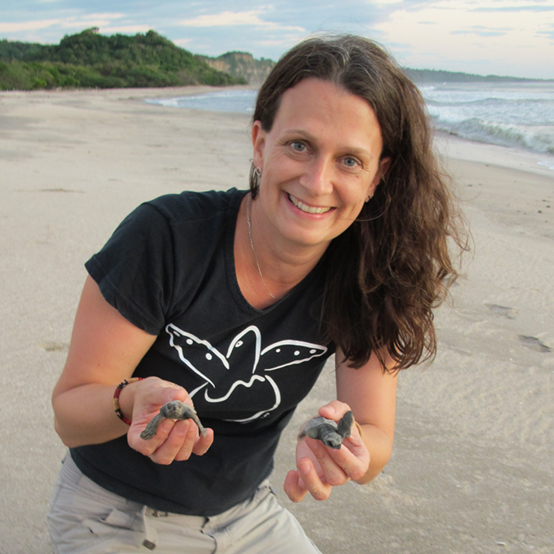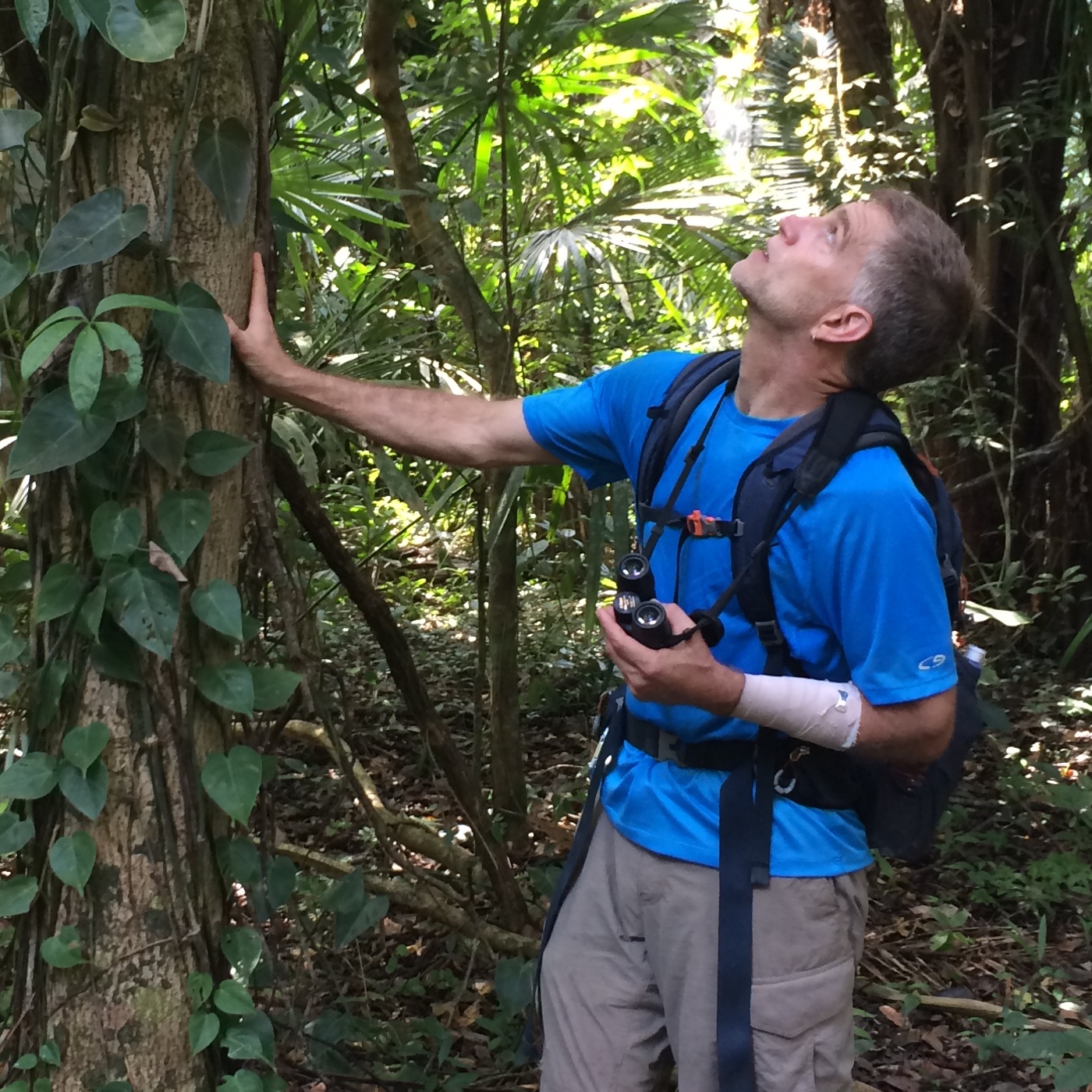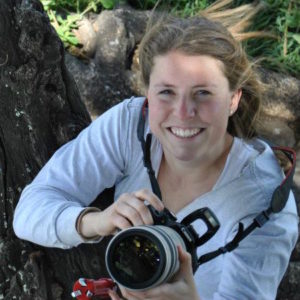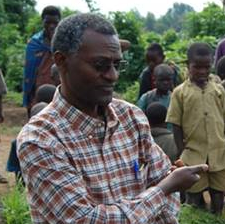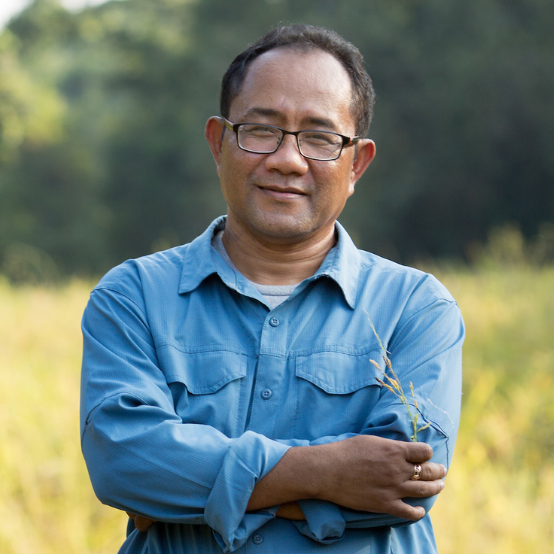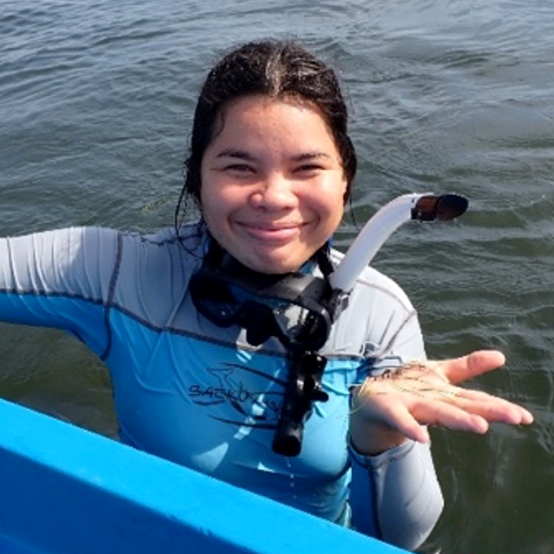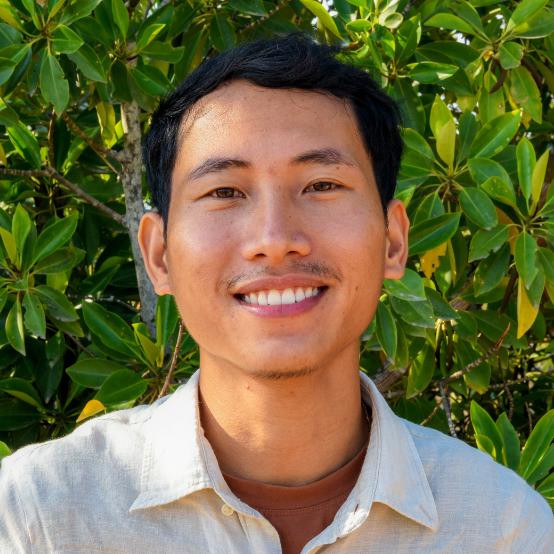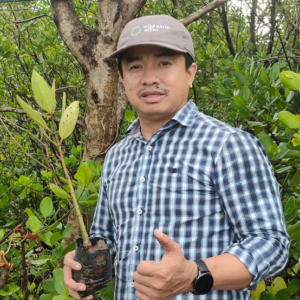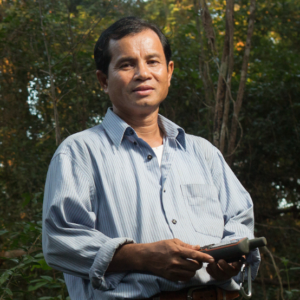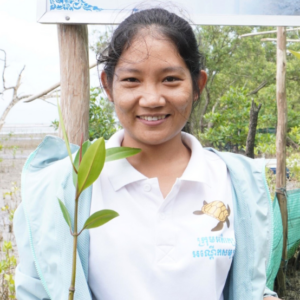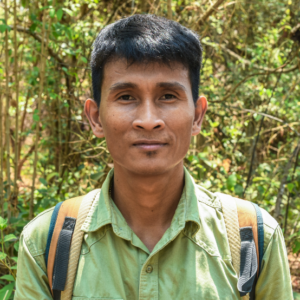The diversity of plants can be easy to miss, especially when related species look alike on the surface. For example, many Belizeans are surprised to learn that there are seven species of prickly yellow (in the genus Zanthoxylum, literally “yellow wood”) in the country. Occasionally what appears to be only one species may actually be comprised of two or more species. Even taxonomists can miss these “cryptic species”, until someone looks closely enough to discover the differences.

A new species that was “hidden” within the population of Haematoxylum campechianum – “logwood” in Belize – was discovered by two Mexican botanists who published their finding in 2014. The new species was named Haematoxylum calakmulense after Calakmul, one of the largest and most powerful Mayan cities. [Calakmul was rediscovered in modern times by a botanist – Cyrus Lundell – who discovered many new plant species from Belize and Guatemala].
Only one specimen of this “new” logwood species was known for Belize, near the Mexico border. My plans to search for the new logwood in northern Belize were changed by the COVID-19 pandemic. I found this gem in lowland savanna on the Belize Zoo/Tropical Education Center property.
 At left, Haematoxylum calakmulense and orchids. At right, Haematoxylum calakmulense shrub.
At left, Haematoxylum calakmulense and orchids. At right, Haematoxylum calakmulense shrub.
The Maya used logwood in the architecture of their temples and other structures. Logwood then became a valuable source of black, blue, and purple textile dyes derived from the trees’ red heartwood (Haematoxylum literally means blood wood). Hundreds of years ago British settlers searching for and exporting logwood and mahogany established the settlement of British Honduras, which became Belize in 1973, and gained full independence in 1981. Logwood is still used for specialty dyes and stains, and for small and decorative wood projects.
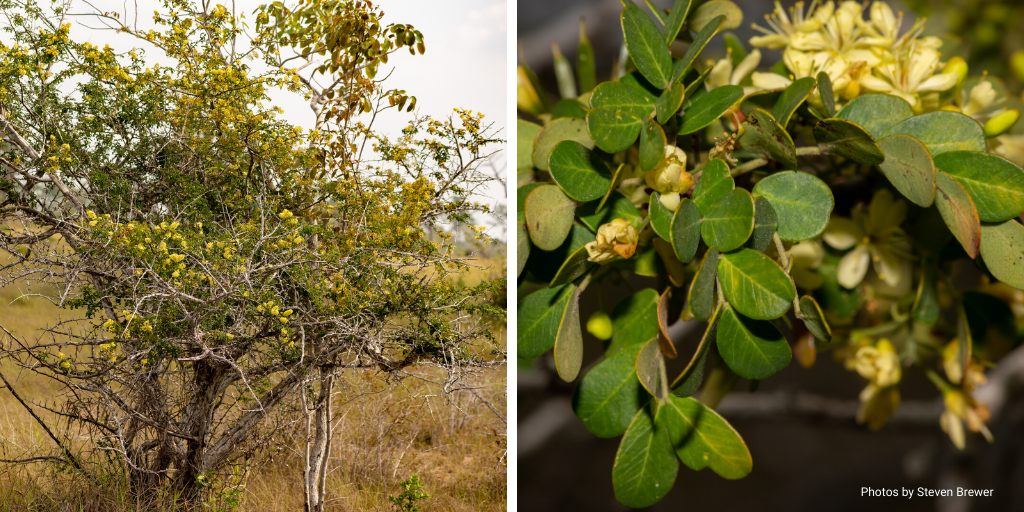 Haematoxylum calakmulense seen from afar (Left) and close up (Right).
Haematoxylum calakmulense seen from afar (Left) and close up (Right).
In 2018, Wild Earth Allies kicked off the Trees of Belize Project, a multi-year effort dedicated to growing and cultivating in-country expertise and interest in botany. Dr. Steven W. Brewer is leading the Trees of Belize project in collaboration with the Environmental Research Institute at the University of Belize.


